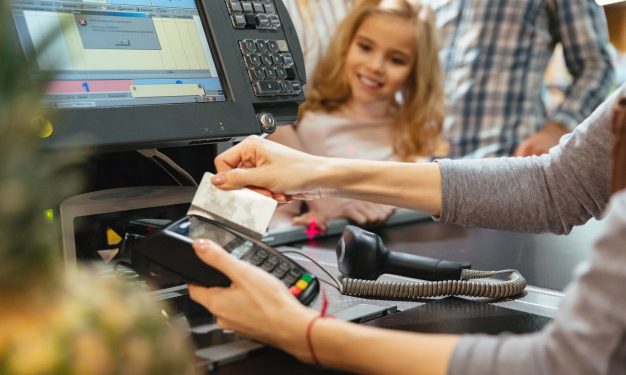1 in 4 Americans are either “unbanked” or “underbanked”, according to a 2017 survey by the FDIC. This means they either do not have their own bank accounts or they may rely on alternative services outside the banking system for their financial needs. These large unbanked and underbanked populations creates immeasurable challenges for both the digital economy and financial inclusion goals.
Financial inclusion is beneficial for the growth of the economy, as it allows banks and governments to benefit from the additional money injected into the financial markets, enhanced regulatory oversight and improved financial transparency. In embracing the digital economy and financial inclusion, consumers can gain better access to financial solutions such as savings, banking and credit, start and expand businesses, invest in their own education or health, and rely on modern investment tools to prepare for financial setbacks.
Digital finance solutions are increasingly becoming a necessity in the average person’s daily life, but there is still a lot of resistance and lack of adoption amongst consumers — especially sellers. A BCG study claims 54% of respondents believe merchants’ low acceptance of technology is blocking the path towards greater usage of e-wallets and digital payment solutions. To solve this dilemma, merchants need to look to their technology partners, beyond just payments enablement, and take more proactive steps to be a stronger part of the digital economy.
With access to the resources and technology that empowers them to become an integral part of the formal economy, merchant inclusion can contribute to making full financial inclusion a reality for the underbanked.
Merchants Digitization Makes the Digital Economy Accessible
Despite being a challenge to measure, in 2019, the digital economy was responsible for an estimated 4.5%-15.5% of the world’s GDP. The digital economy also accounted for a large stake in the United States job market, boasting about 3.3% of total U.S. employment out of 152.1 million jobs. As the digital economy continues to support U.S. job growth, financial inclusion will grow with it.
Payments providers can help merchants be a part of the digital economy by empowering their digital transformation and demystifying the complexities that shroud the spread, acceptance and implementation of digital payment solutions. The potential for merchants’ digital growth lies in connecting merchants with consumers, employees and entrepreneurs who are part of the underbanked or unbanked population.
When merchants embrace payment technology, they can bring to people seamless transactions, financial independence and greater access to utilize beneficial financial services at affordable costs. This can boost an economy’s overall growth and welfare. Compared with traditional card payments, instant payments technology can reduce costs by enabling point of-interaction payments without the need for traditional payment acceptance infrastructure. When digital payment processing technology becomes more mainstream in merchant processes, merchant inclusion is realized.
Payment Technology is the Link to the Future
Formerchants, payment providers that deliver digital and social selling solutions are a bridge to being connected to future customers (including Gen Zs), who are poised to be the primary (and strongest!) adopters of digital transactions. Globally, 37 percent of person-to-merchant payments are digital – and that number is only growing, as more than half (53%) of Gen Z’s prefer shopping in stores that offer contactless payments.
To evolve with modern consumers who are increasingly becoming part of the digital economy, merchants must utilize cutting-edge and latest technologies from payment technology partners. In using digital platforms for all their needs and experiences, and turning to these payments partners for their business modernization, merchants can better understand how to engage with consumers and be a part of their fully digital lifestyles.
Leading in the Digital Realm
Merchants can make a stronger push on financial inclusion by embracing digital solutions beyond payments. It’s not just about digitizing their payments offerings, merchants themselves need to invest in technologically transforming their credit and banking options – and payments partners often would have the tools and infrastructure to make that happen.
Americans still use a range of traditional methods to make payments, majority using credit cards (70%), debit cards (61%), and cash (78%). By contrast, 56 percent – roughly 143 million adults – made at least one mobile payment in the past year – this represents a growing opportunity. Merchants who look to payments and technology partners that modernize their complete technology stack – rather than just one portion of it – will transform into a business that is equipped to be a part of and reap benefits from the broader digital economy.
Merchant involvement in the digital economy betters the financial inclusion of all consumers by increasing a desire for digital pay, and therefore, a need for consumers to create a bank account to support their spending as well. Consumers that remain disconnected from the digital economy lack access to critical financial solutions and benefits that allow them to build wealth, invest in their income, save money in a secure location, access loans or credit lines, save for healthcare expenses or start their own businesses.
Helping merchants is a win-win situation for payments providers, as it provides them with a unique opportunity to help foster ‘merchant inclusion’ by enabling merchants to access, use and harness the power of modern technologies – and be a champion of broader financial inclusion.











